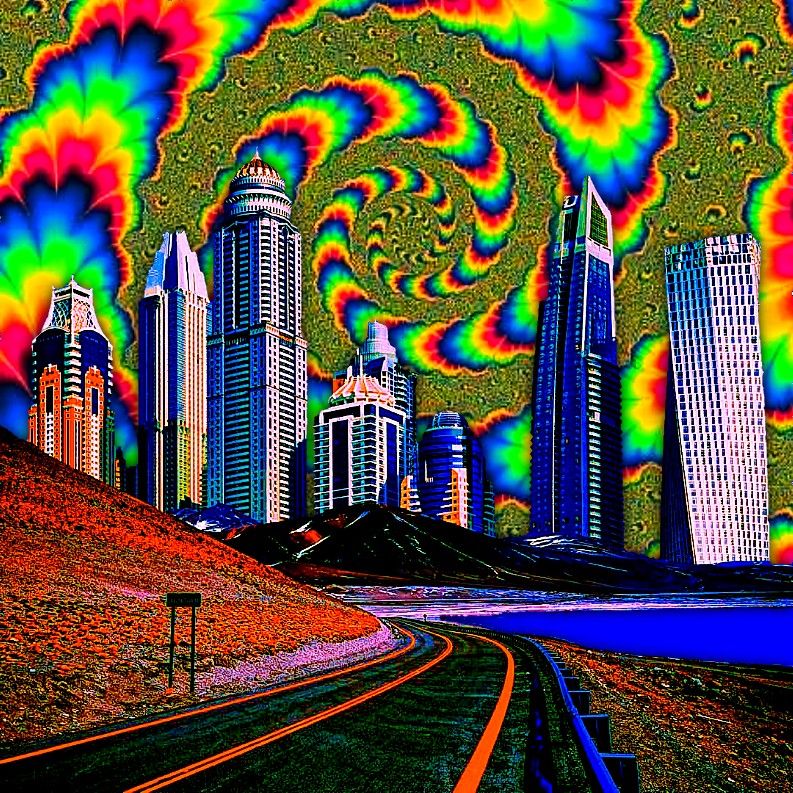What do you see when you look at a trippy painting? As with anything, the answer varies depending on who you ask. But there are some common elements that help define what we think of as “trippy art”: intense colors, distorted or unrecognizable shapes, and a sense of being lost in the moment.
A lot of these paintings also feature geometrical figures such as cubes, spheres, and pyramids, often in kaleidoscopic patterns. What is it about this kind of artwork that has captured people’s imaginations for centuries? Read on to find out!
What Makes Art Trippy
The first thing that makes a work of art trippy is the colors. Whereas many paintings opt for realistic colors, trippy art instead features unusual hues that can evoke feelings of awe and amazement. The colors themselves are often very bright and vibrant, with heavy use of reds, blues, and greens.
The other factor that makes art trippy is the shapes found in the painting. In these pieces, unnatural or unrecognizable shapes become the focal point of the work. These shapes may be geometric figures like cubes or spheres, but they’re also distorted at times to create a sense of being lost in the moment. These two characteristics are what makes this artwork so weirdly captivating to most people.
The Science Behind The Art
It may be hard to believe that there could be any science behind these mind-bending works of art. But, in fact, there are many theories that attempt to explain what it is about Trippy art that captures the attention of so many people. In his article for Live Science, Jonathan Wai cites several different theories about the appeal of trippy paintings:
- The eye gets less information from a painting with lots of colors and forms than one with only a few colors and simple shapes. For example, in a painting with only blue, green, and yellow colors, for each time the eye moves across the painting, it will see one color before it shifts to another. In a painting with more colors and shapes like those typically associated with “trippy” paintings, the eye will shift from color to color more often and therefore get less information from looking at the painting.
- The brain interprets some images as 3-D even when they are not. For example, if you look at an image on your computer screen or phone you may see two dimensions (a flat surface). But your brain may still interpret that image as three dimensions because we have evolved to use our brains this way – seeing in two dimensions is much easier than seeing in three dimensions.
How To Make Your Own Trippy Painting
If you want to make your own trippy painting, there are a few steps you can follow.
- First, pick out the colors you want to use. If this is your first time making art that’s meant to be seen as “trippy,” it’s best to start with just two colors.
- Next, choose the shapes and designs you want to include in the painting. You might want something simple for your first try, like a geometric pattern or a mandala.
- Finally, find a canvas or surface that will work for you and carefully sketch out your design on the surface with a pencil before beginning the painting process. When it comes time to paint, make sure your brush strokes are bold and confident so they have an impact on the viewer!
Once you have completed this process and feel satisfied with the result of your tripe art masterpiece, head over to Instagram and share it with us! We would love to see what you come up with! For further information about modern art, please visit this website.


